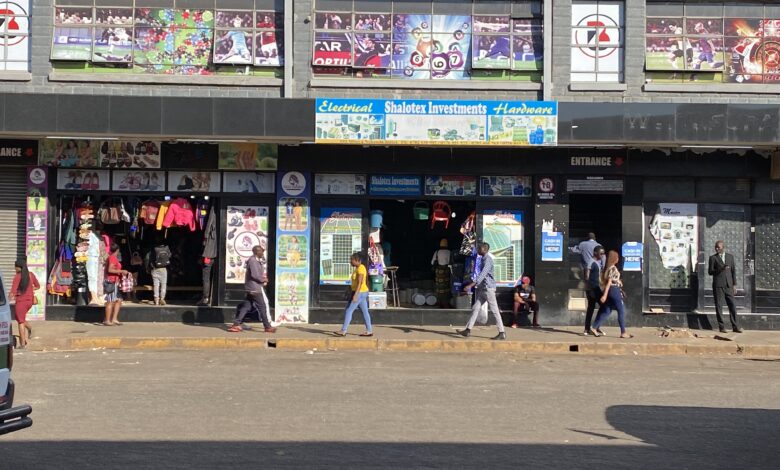Review of some of Zimbabwe’s Milestones from 2018 to 2023

Zimbabwe has experienced significant economic and political developments from 2018 to 2023. This article will provide an overview of Zimbabwe’s government milestones during this period, highlighting important events and policies that have shaped the country’s trajectory to improve Zimbabwe’s development.
Economic Challenges and Reforms
Zimbabwe’s economy is facing numerous challenges. These include price and exchange rate instability, misallocation of resources, high informality and limited structural transformation. Additionally, these factors contribute to volatile economic growth, high inflation and unsustainable debt levels. However, to address these issues, the government has implemented various reforms, including the following.
Firstly, arrears clearance, debt relief, and restructuring strategy. Here, the government has taken steps to clear its arrears with international financial institutions (IFIs) and initiate a dialogue platform with creditors and development partners. This is to agree on economic, governance and land reforms.
Secondly, fiscal austerity was done. The government implemented fiscal austerity measures to reduce expenditure and improve fiscal discipline. This has been aimed at reducing the budget deficit and stabilising the economy. This was a rocky ride, but they managed to perform the measures which took a Weight load off the economy.
Lastly, there is digital transformation. Here, the government recognises the potential of digital technologies to boost the economy and improve service delivery. This in turn will improve Zimbabwe’s development. Achievements are underway to develop digital infrastructure, government platforms, entrepreneurship as well as digital skills. A solid digital foundation is vital for the realisation of the government’s vision for smart government, agriculture, health, trade, commerce, education, transport, and cities. This was said by Mukami Kariuki, World Bank Country Manager, Zimbabwe in 2021.
Growth and Development: Zimbabwe’s Government Milestones
Despite economic challenges, Zimbabwe has achieved some growth and development milestones. These include real GDP Growth.Furthermore, Zimbabwe experienced real GDP growth of 8.5% in 2021, although it slowed to 3.4% in 2022 due to worsening agricultural conditions and macroeconomic instability.
The government’s focus on sectors like mining and tourism has contributed to overall economic growth. Moreover, the relevant ministries are working with stakeholders to improve economic output of these sectors. Therefore, continuing this focus on these sectors will help Zimbabwe’s economy grow.
Additionally, under digital financial services, Zimbabwe widely uses the digital payment system. With 96% of all transactions in the country conducted digitally. This has provided a strong foundation for the further development of the digital economy.
Infrastructure and Services for Zimbabwe’s development
Furthermore, infrastructure development and improved service delivery have been key government priorities.
Under digital infrastructure, the government’s recognition of the importance of digital infrastructure in enabling digital transformation is changing the development trajectory. Effort to expand and improve infrastructure to support the growth of the digital economy is ongoing. Moreover, digital financial services are the strongest foundation for the further development of the digital economy in the country. Therefore, deliberate efforts to develop and promote them will be a welcome development in the industry.
Access to services is imperative and the government has focused on providing access to essential services. Examples include services such as clean water, education, healthcare, and electricity. However, it is unfortunate that Harare is still grappling with constant and reliable access to potable water. Effort to improve resource management, coordination and governance in delivering these services is underway. Therefore, the government is constructing dams to harvest water for residential use in areas like Gwayi Shangani among other areas.
Social and Demographic Factors to improve Zimbabwe’s development.
Several social and demographic factors have influenced Zimbabwe’s development. However, below are a few that are influencing the nation’s development.
Firstly, there is emigration. Economic mismanagement and hyperinflation in the past have led to significant emigration. This creates challenges such as brain drain and illegal migration. The government’s focus on economic reforms and improving living standards aims to address these challenges and create opportunities for skilled workers. The aim is to ensure that emigration of skilled workers reduces.
Secondly, urbanisation has led to a gradual increase in urban population, with 32.5% of the total population living in urban areas in 2023. The rate of urbanisation will continue growing, presenting opportunities and challenges for urban development and service provision. Therefore, the government and stakeholders will have to expedite urban development to cater for this growth. Also, rural development is vital to reduce rapid urbanisation.
In conclusion, Zimbabwe has faced economic challenges and implemented reforms to address them. The government’s focus on economic stability, digital transformation, infrastructure development and improved service delivery has contributed to growth and development. Social and demographic factors, such as emigration and urbanisation, have also influenced Zimbabwe’s trajectory. However, ongoing effort is vital to sustain progress and overcome remaining challenges. These efforts can be viewed as Zimbabwe’s government milestones.





